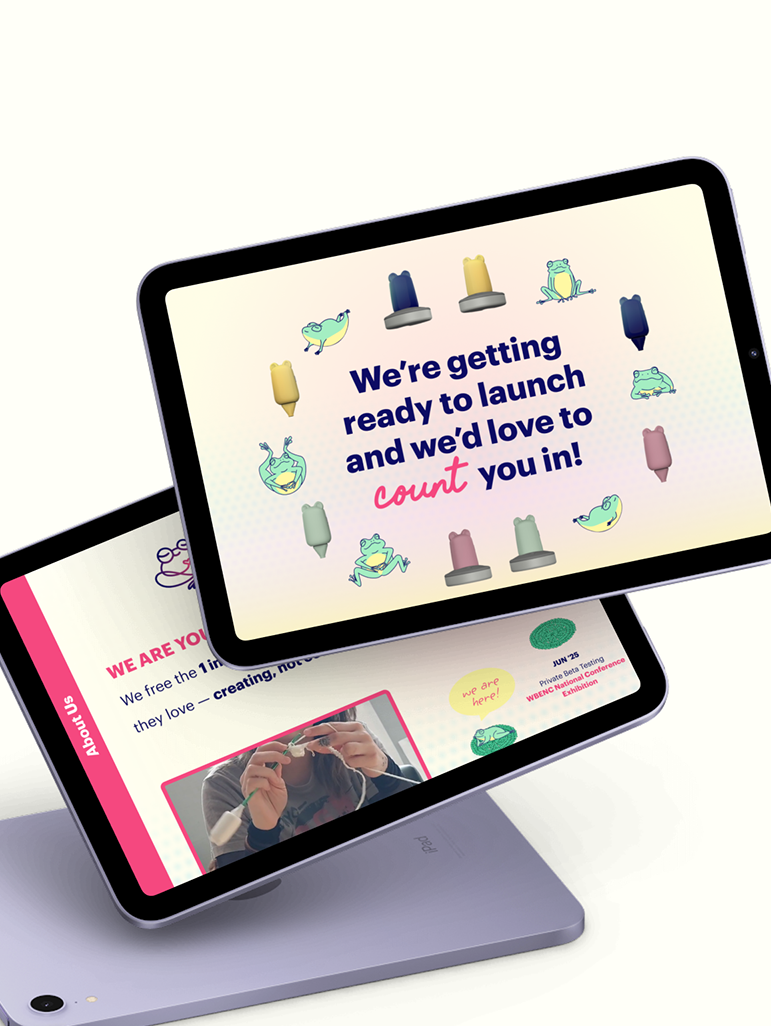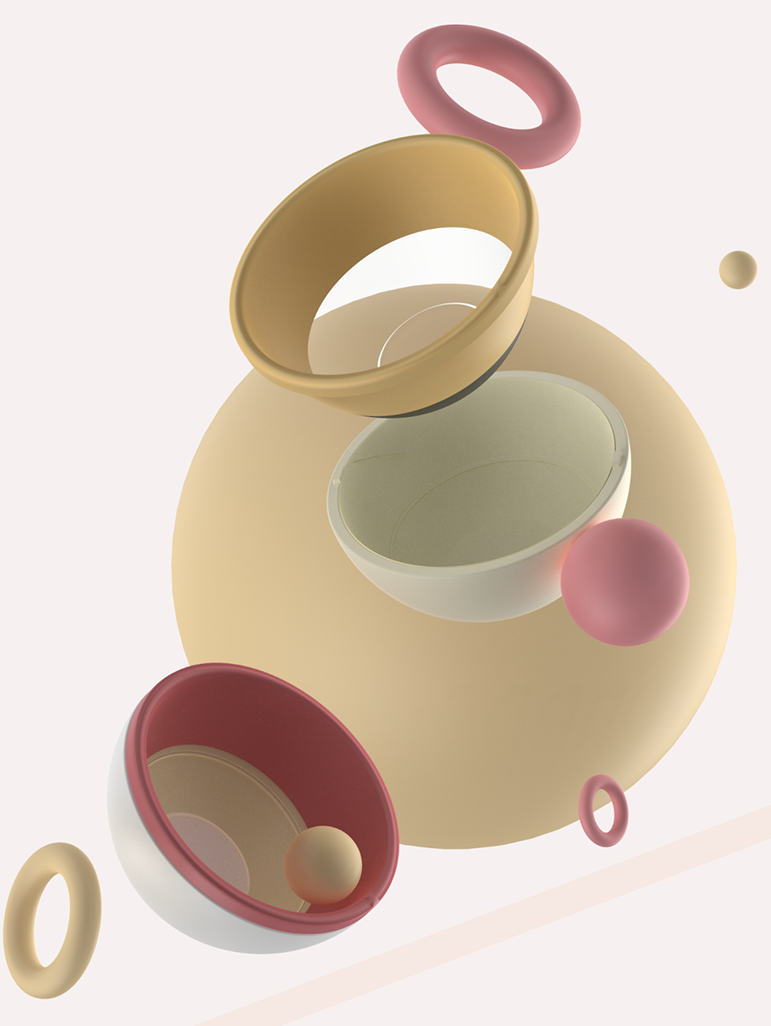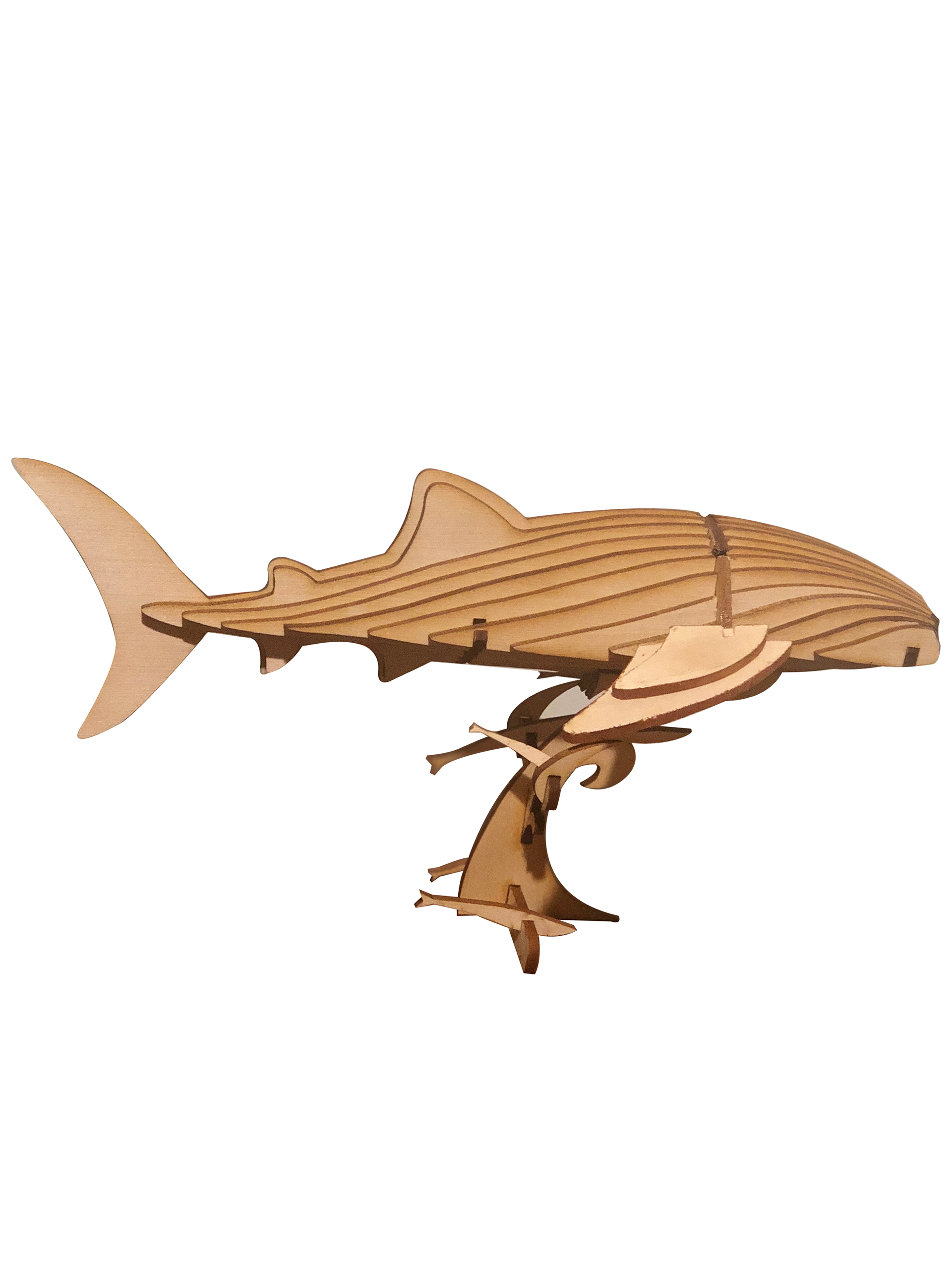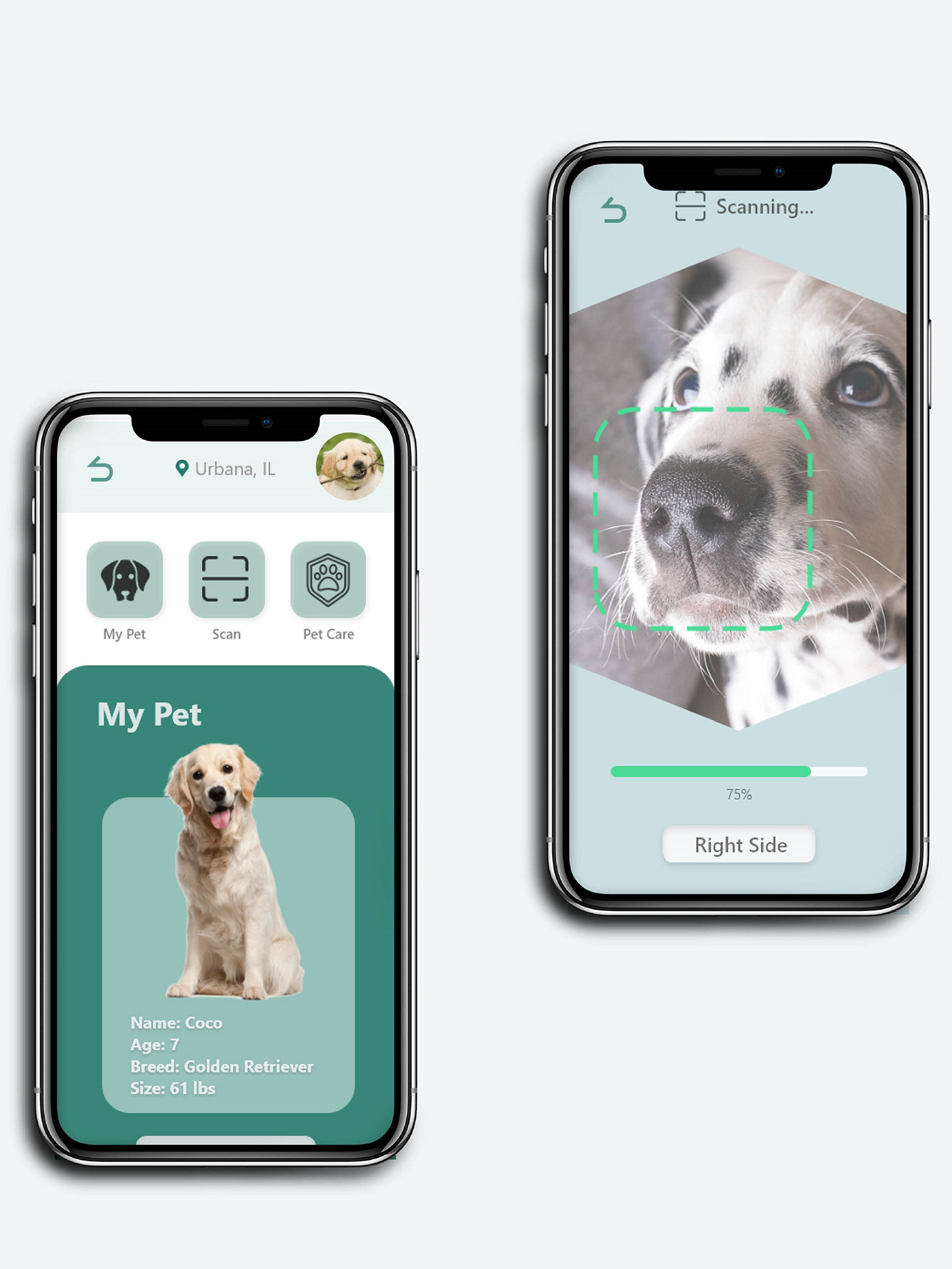Adjustability remains a significant area for improvement in wheelchair design. By focusing on adjustability and maneuverability, the wheelchair design aims to enhance the daily lives of users, providing greater independence and comfort.
Sketches
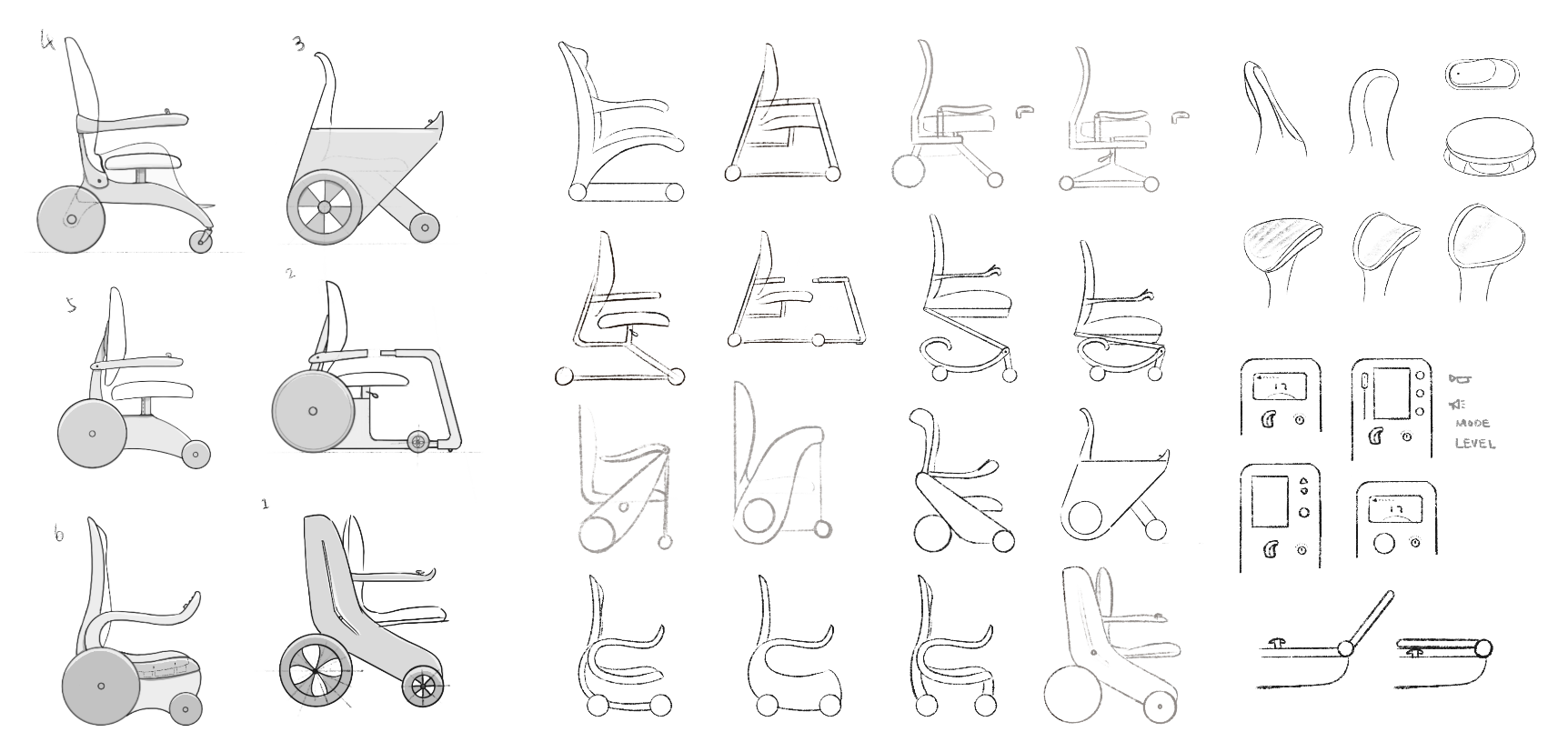
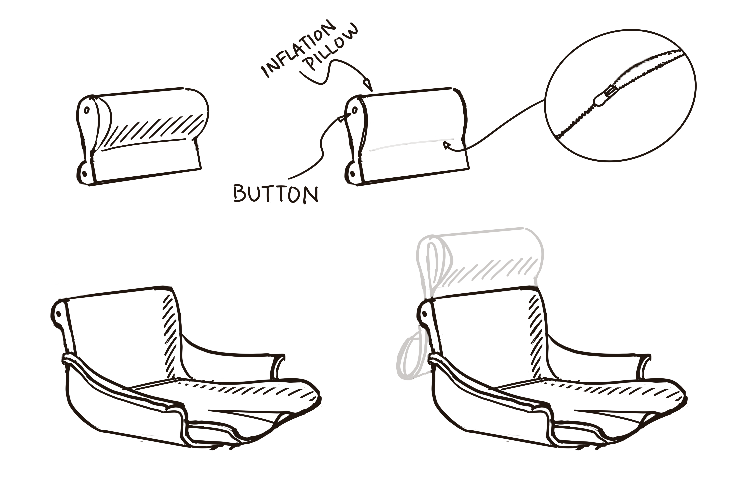


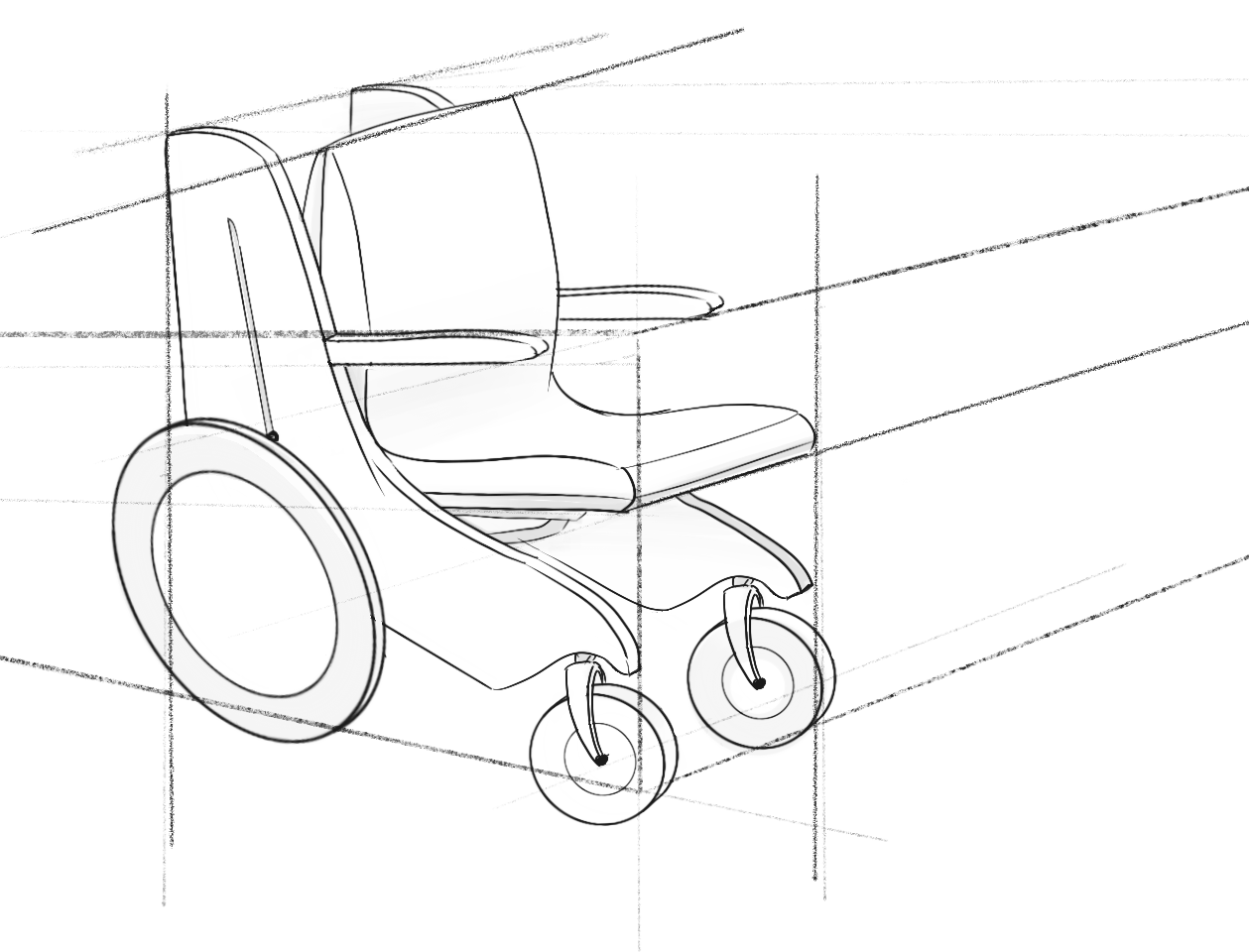

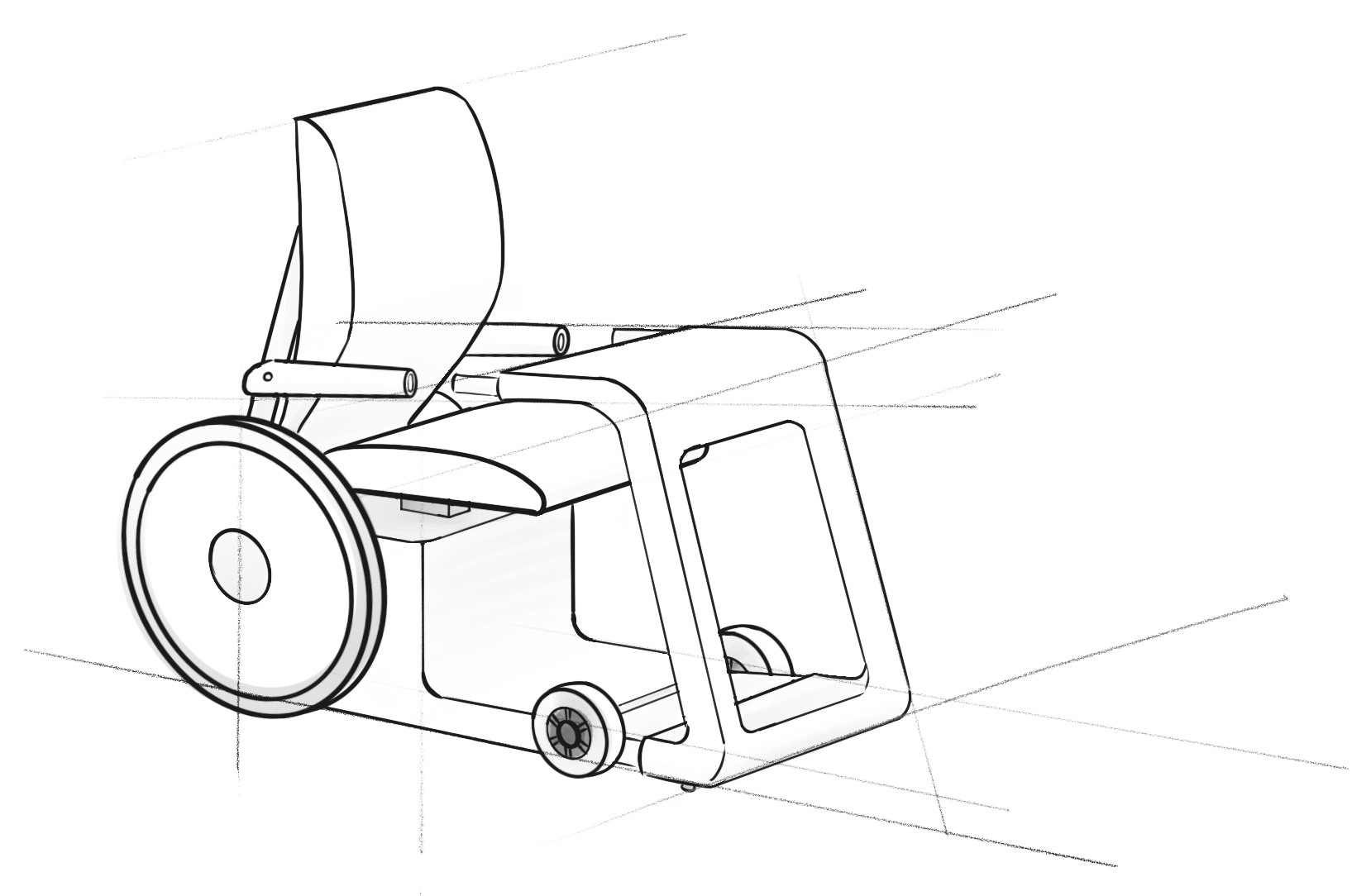
Persona
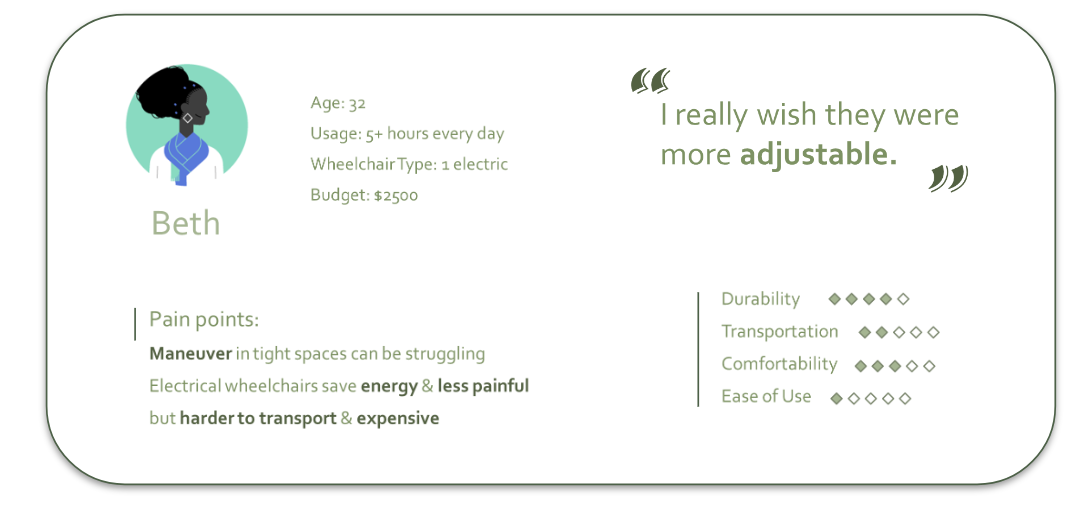

Initially, I focused on two areas: wheelchair use in restrooms and different indoor tasks. I observed various disability restrooms to understand layout variations and the challenges faced by wheelchair users, such as reaching higher or lower levels. I also created illustrations to visualize comfortable working zones, aiding in the placement of electric wheelchair controls.
For my storyboard, I divided it into three tasks. The first two tasks depict wheelchair users struggling with daily activities that require reaching different levels while seated. The third task focuses on navigating tight spaces like elevators or restrooms, where wheelchair maneuverability is limited.
When studying wheels, I delved into the types and positions of wheels. There are three drive types: rear-wheel drive, front-wheel drive, and mid-wheel drive, each affecting turning radius and maneuverability. The mid-wheel drive offers the smallest turning radius, achieved with two large wheels on the sides and smaller wheels at the front and back.
Additionally, I explored different types of wheels commonly used in wheelchairs, including caster wheels and Omni-directional wheels. Omni-directional wheels allow for turning in any direction without an extra turning radius, enhancing maneuverability when combined with mid-wheel drive.
Renderings
The wheelchair design includes adjustable seat height from 17 to 23 inches, expanding users' reach area and enhancing convenience. The back of the seat features an axle for adjustment, and the controls are located on the handle for direction and adjustment.
An external battery pack at the back of the base allows for easy removal and charging. The wheelchair can be fully folded down to save storage space.

